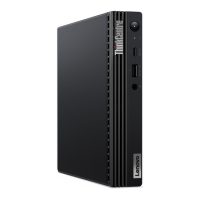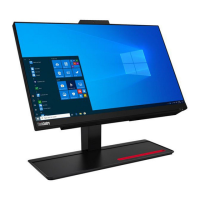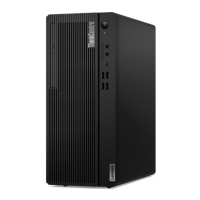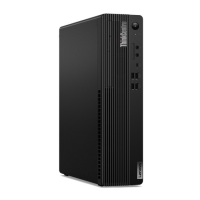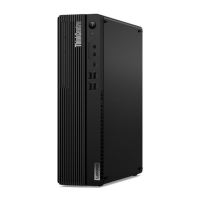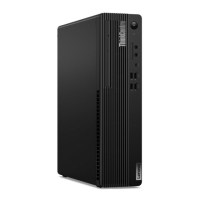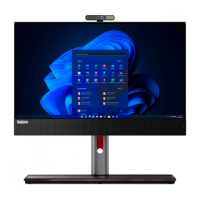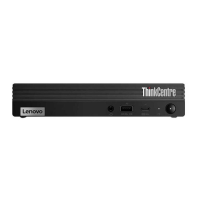












Do you have a question about the Lenovo ThinkCentre M70e and is the answer not in the manual?
| Tcase | 74.1 °C |
|---|---|
| Bus type | FSB |
| Stepping | R0 |
| Processor cache | 3 MB |
| Processor cores | 2 |
| Processor model | E7500 |
| System bus rate | - GT/s |
| Processor family | Intel® Core™2 Duo |
| Processor series | Intel Core 2 Duo E7000 Series |
| Processor socket | LGA 775 (Socket T) |
| Processor codename | Wolfdale |
| Processing Die size | 82 mm² |
| Processor frequency | 2.93 GHz |
| Processor cache type | L2 |
| Processor lithography | 45 nm |
| Processor manufacturer | Intel |
| Processor front side bus | 1066 MHz |
| Processor operating modes | 64-bit |
| ECC supported by processor | No |
| Thermal Design Power (TDP) | 65 W |
| CPU multiplier (bus/core ratio) | 11 |
| Number of Processing Die Transistors | 228 M |
| Internal memory | 2 GB |
| Internal memory type | DDR3-SDRAM |
| Maximum internal memory | - GB |
| Memory layout (slots x size) | 1 x 1 GB |
| HDD speed | 5400 RPM |
| HDD interface | SATA |
| Optical drive type | DVD-RW |
| Total storage capacity | 320 GB |
| Networking features | Gigabit Ethernet |
| Intel segment tagging | Enterprise, Professional |
| On-board graphics card | Yes |
| Discrete graphics card model | Intel® GMA X4500 |
| Audio system | High Definition Audio |
| Product type | PC |
| Operating system installed | Windows 7 Professional |
| Serial ports quantity | 1 |
| USB 2.0 ports quantity | 6 |
| Firewire (IEEE 1394) ports | 0 |
| Ethernet LAN data rates | 10, 100, 1000 Mbit/s |
| Chassis type | SFF |
| Product color | Black |
| Processor code | SLB9Z |
| Processor ARK ID | 36503 |
| Processor package size | 37.5 x 37.5 mm |
| Width | - mm |
|---|
Precautions for handling components to prevent damage from static electricity.
Guide for installing or replacing PCI cards, memory modules, batteries, heat sinks, fans, microprocessors, power supplies, drives, and USB devices.
Detailed steps for creating recovery media on different OS.
Instructions on how to perform data backup and system recovery.
Guide to navigating and using the R&R workspace for recovery.
Steps for creating and using rescue media.
Solutions for common recovery problems and access issues.
Instructions on how to launch and navigate the BIOS setup utility.
Steps to recover from failed BIOS or POST updates.
Common issues and their solutions, like power or display problems.

